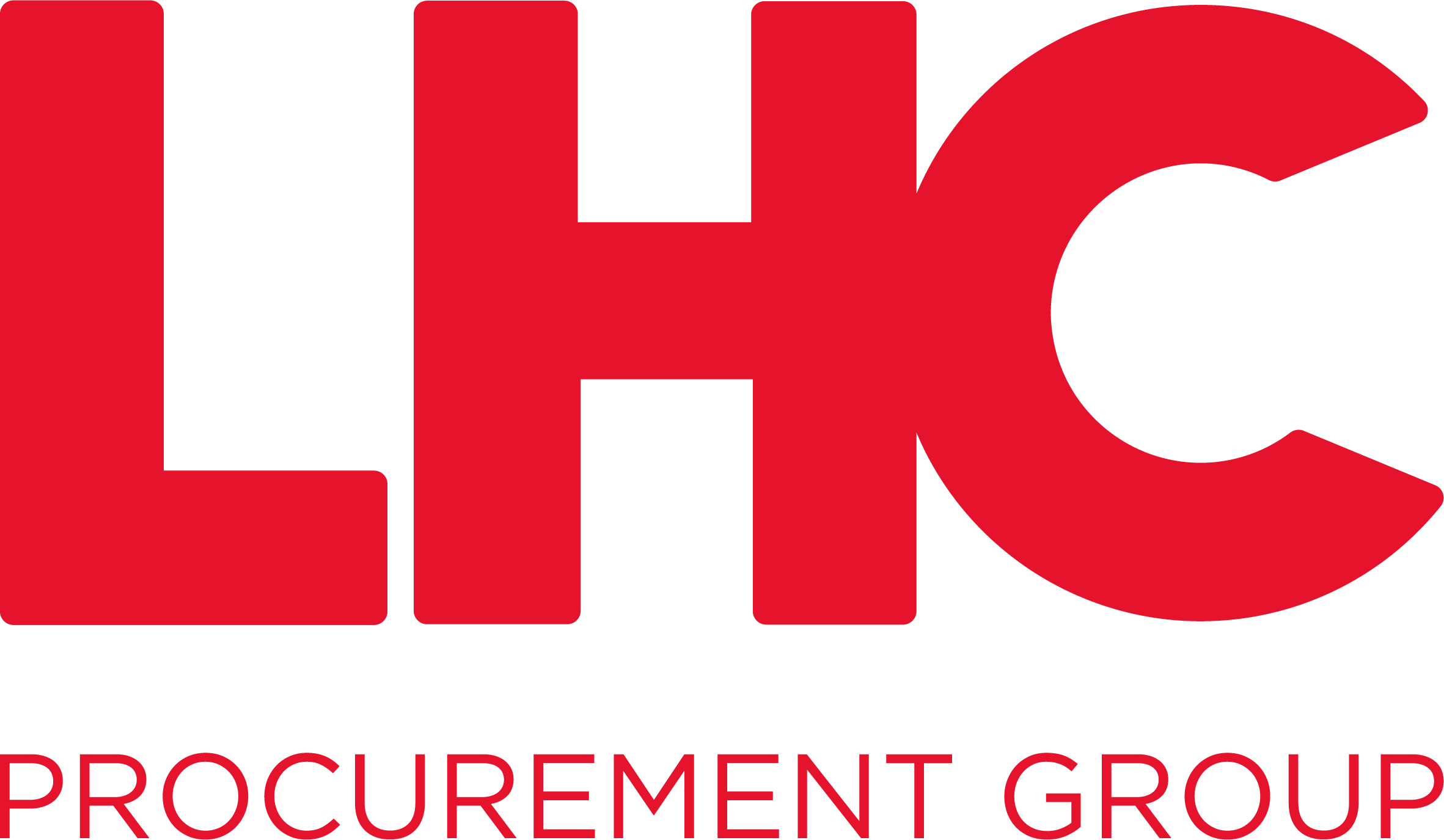Using frameworks to drive renewables
To meet the UK’s net zero ambitions we need a sustained retrofit programme to reduce energy consumption, improve thermal performance and decrease the carbon impact of our buildings.
Renewable technologies will play a critical role in addressing this challenge – but it can sometimes be difficult for clients when comparing and procuring different solutions.
That’s where frameworks help. At LHC, our frameworks ensure that the right supply chain is in place with the expertise to recommend and select the right options for clients.
Companies appointed to our frameworks undergo rigorous vetting to ensure compliance with the highest standards, which guarantees that our clients receive products and services that are aligned with the latest regulatory benchmarks and performance requirements.
Where to begin - start with a fabric first approach
Best practice starts with a fabric-first approach to retrofit. This means introducing measures to reduce the heating demand of a property before installing a new heating system or energy system.
To do this involves improving the airtightness and insulation of the property, with common measures including installing insulation in walls, lofts and floors and replacing windows and doors with more energy-efficient products.
Once completed, asset owners can focus on the introduction of renewable energy solutions. This includes technologies such as air and ground source heat pumps, solar panels and efficient battery and heat storage solutions.
Using frameworks to encourage the use of renewable technologies
LHC frameworks ensure that the procurement process facilitates decision-making that focus on high performance and best value solutions which have a lower environmental impact. When it come to renewables, our upcoming N9 framework covers options including:
- Solar Panels - a cornerstone of green practices, solar panels convert sunlight into clean, renewable electricity without emitting greenhouse gases. By harnessing solar energy, they reduce reliance on fossil fuels and help mitigate climate change. Solar panels contribute to energy independence and can be installed at various scales, from residential rooftops to large solar farms. This technology not only lowers electricity costs over time but also promotes sustainable development by reducing the carbon footprint of energy production. Their use supports a shift towards a more sustainable and resilient energy grid.
- EV charging points - by facilitating the widespread adoption of electric vehicles (EVs), by enabling convenient and accessible charging, we can reduce our reliance on fossil fuels and decrease greenhouse gas emissions. Additionally, many EV charging stations are integrated with renewable energy sources like solar or wind power, further enhancing their environmental benefits. This infrastructure not only promotes cleaner air and reduced carbon footprints but also supports sustainable urban development and energy independence.
- Heat pumps – these support the environment by providing an energy-efficient method for heating and cooling buildings. By transferring heat rather than generating it through combustion, heat pumps use significantly less energy, which reduces greenhouse gas emissions and reliance on fossil fuels. They can be powered by renewable electricity, further enhancing their environmental benefits. Additionally, heat pumps contribute to reduced energy consumption and lower utility bills, promoting sustainable living and helping to manage costs. Their versatility and efficiency make them a key component in the transition to a greener, more sustainable future.
By highlighting energy-efficient technologies within the procurement process we can make it easier for clients to select options for their projects that will reduce their environmental impacts and drive a more sustainable future for the construction industry.
N9 – LHC’s answer to renewables
The upcoming N9 framework will cover a wide range of technologies and services in the energy sector, from consultancy to the installation of insulation and heating systems, controls and maintenance of renewables systems like those mentioned above.
Designed with flexibility in mind to stay relevant throughout its four-year duration, the N9 framework will help local authorities and housing providers to easily access to a wide range of approved suppliers and partners. This will speed up procurement, producing a ready-made list of suppliers who are aligned with key policies, best practice and funding requirements, such as SHDF.
Learn more about the framework
https://www.lhcprocure.org.uk/itt-n9


